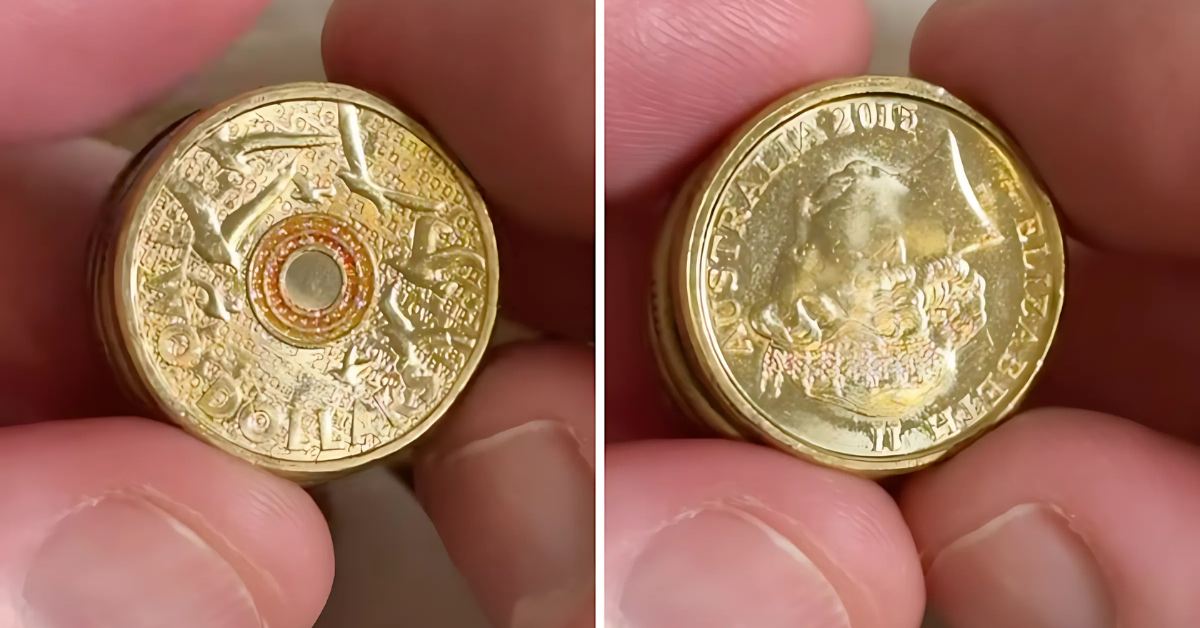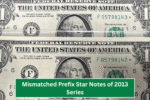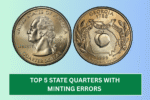A rare Australian $2 coin has caught the attention of collectors for being worth more than ten times its face value, all thanks to a surprising minting feature that has turned this everyday currency into a highly sought-after item.
The coin, which at first glance appears like any other in circulation, has a noticeable detail that makes it a collector’s gem—an early 2000s minting anomaly known as a “double rim” or “incused design” error. This defect, present on a limited number of coins released in 2000, has dramatically increased its value among enthusiasts and numismatists.
What Makes This 2 Dollar Coin So Special
The $2 coin in question was issued in 2000 and features the standard reverse design of an Aboriginal Elder by artist Horst Hahne. However, it’s the obverse side—the side with Queen Elizabeth II’s portrait—that contains the key element adding to its rarity and value.
This coin was mistakenly minted using a 10 cent coin obverse die, resulting in a smaller-than-usual portrait of the Queen and a distinct double rim near the edge. This rare minting mistake creates an incused, or recessed, look on the coin’s surface—which is not found in normal circulation issues.
Officials and numismatics websites confirm that this minting anomaly only occurred in 2000, making it a one-off mistake that adds to its scarcity. As a result, coin collectors will pay between $200 and $400 for well-preserved examples of this coin.
Collectors Alert: What to Look Out For
Everyday users with coins jangling in their wallets may want to take a closer look at their $2 pieces, particularly any from the year 2000. The key identifiers of this rare coin include:
– The year marked 2000 on the reverse side
– A noticeably smaller portrait of the Queen on the obverse side
– A clear double rim or border around the Queen’s head
– Slightly different spacing of the letters in “Elizabeth II”
The new-found fame of this coin means it’s now frequently showcased in numismatic groups and online auction sites. With limited quantities in existence, spotting one in your change is considered lucky.
Stirling & Currency Experts Weigh In
Experienced coin traders and numismatic dealers across Australia have acknowledged the rising demand for the 2000 $2 “double rim” coin. Speaking with journalists, Sydney-based numismatist David Jobson noted that mistakes like this are rare in the era of high-precision minting.
“This kind of anomaly gives the coin personality. It’s not just the rarity that makes it valuable—it’s the story behind how this error came to be,” said Jobson.
He confirmed that demand for these coins has remained consistent for years but stirred considerably in recent months as social media users and collectors reignite interest in coin collecting.
A Quick History of the Australian 2 Dollar Coin
Australia introduced the $2 coin in 1988, replacing the $2 note in a move toward more durable currency. The coin was smaller in size than the previous note and made of a mix of aluminum and bronze. Aside from standard issues, the Royal Australian Mint has issued several commemorative versions over the years to mark anniversaries and milestones.
The Royal Australian Mint, the official body responsible for minting Australia’s currency, notes that coin quality control standards are rigorous. However, minor errors still occur, especially when dies from different denominations are inadvertently used, as suspected in this 2000 mistake.
For the official breakdown on the minting process and information on commemorative and circulating coins, visit the Royal Australian Mint website at https://www.ramint.gov.au
How to Authenticate and Value the Coin
Experts advise that anyone who believes they have one of these valuable coins should have it authenticated by a certified coin dealer or grading service. Buyers and collectors prefer coins that have minimal wear and retain their visible detailing. The better the condition, the higher the value—some coins in near-mint condition have reportedly sold for upwards of $500 in private sales and auctions.
Consumer Protection and Avoiding Scams
With such coins attracting higher market prices, the Australian Competition and Consumer Commission (ACCC) warns buyers to ensure coins are properly verified before purchasing. Misleading online listings and counterfeit items have been flagged in recent years as collectible coins grow in popularity.
Final Thoughts
While it’s unlikely that hundreds of these rare $2 coins are floating unnoticed in circulation, Australians are encouraged to check their pocket change or piggy banks. The discovery of such a coin can bring not only a tidy windfall but also a sense of excitement—proving that sometimes, valuable finds may lie hidden in plain sight.
With interest in coin collecting on the rise and social media users sharing their own finds, the humble 2000 $2 coin is now a symbol of unexpected luck and historical curiosity.
So next time you have some spare change, take a second look—it could be worth a small fortune.



